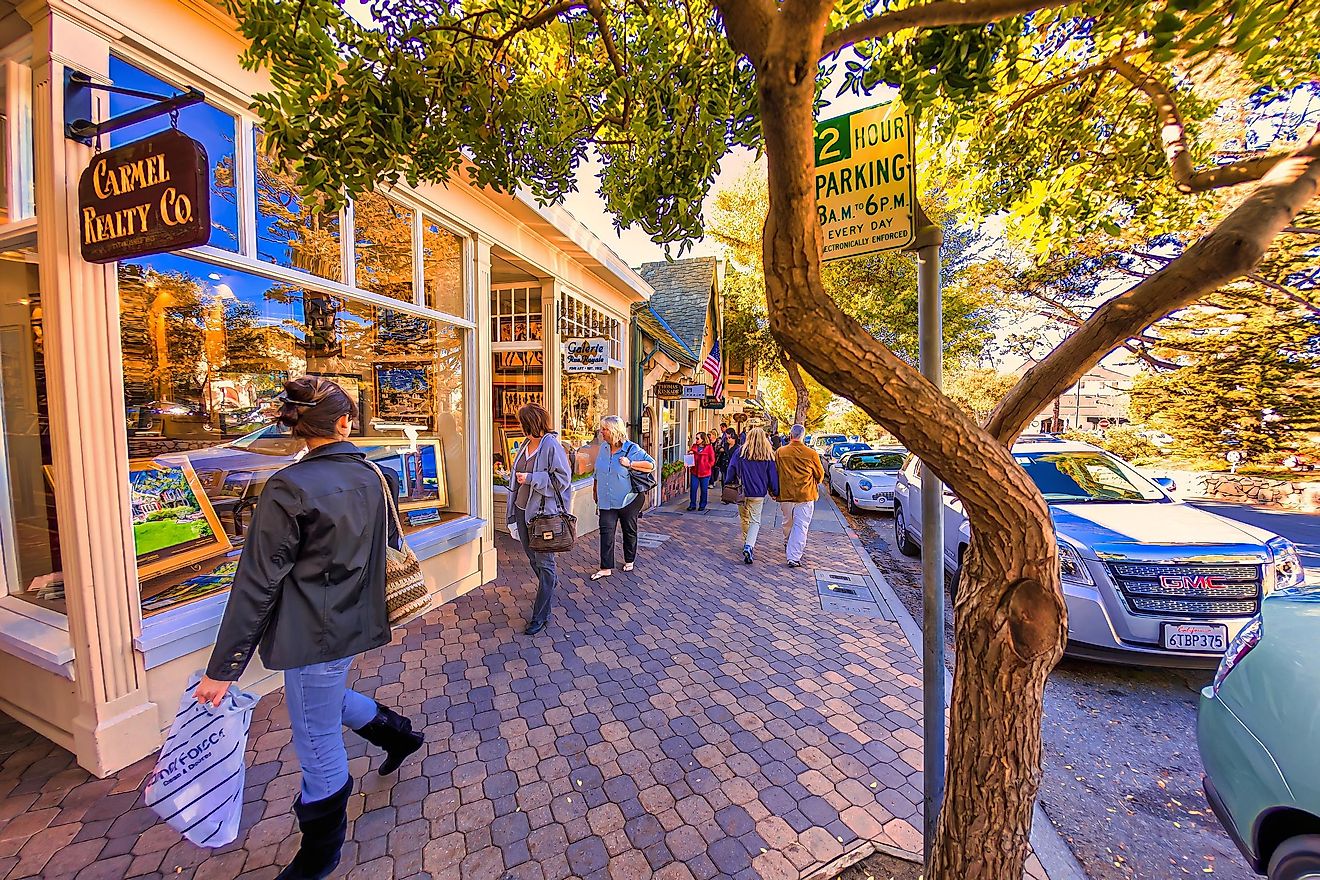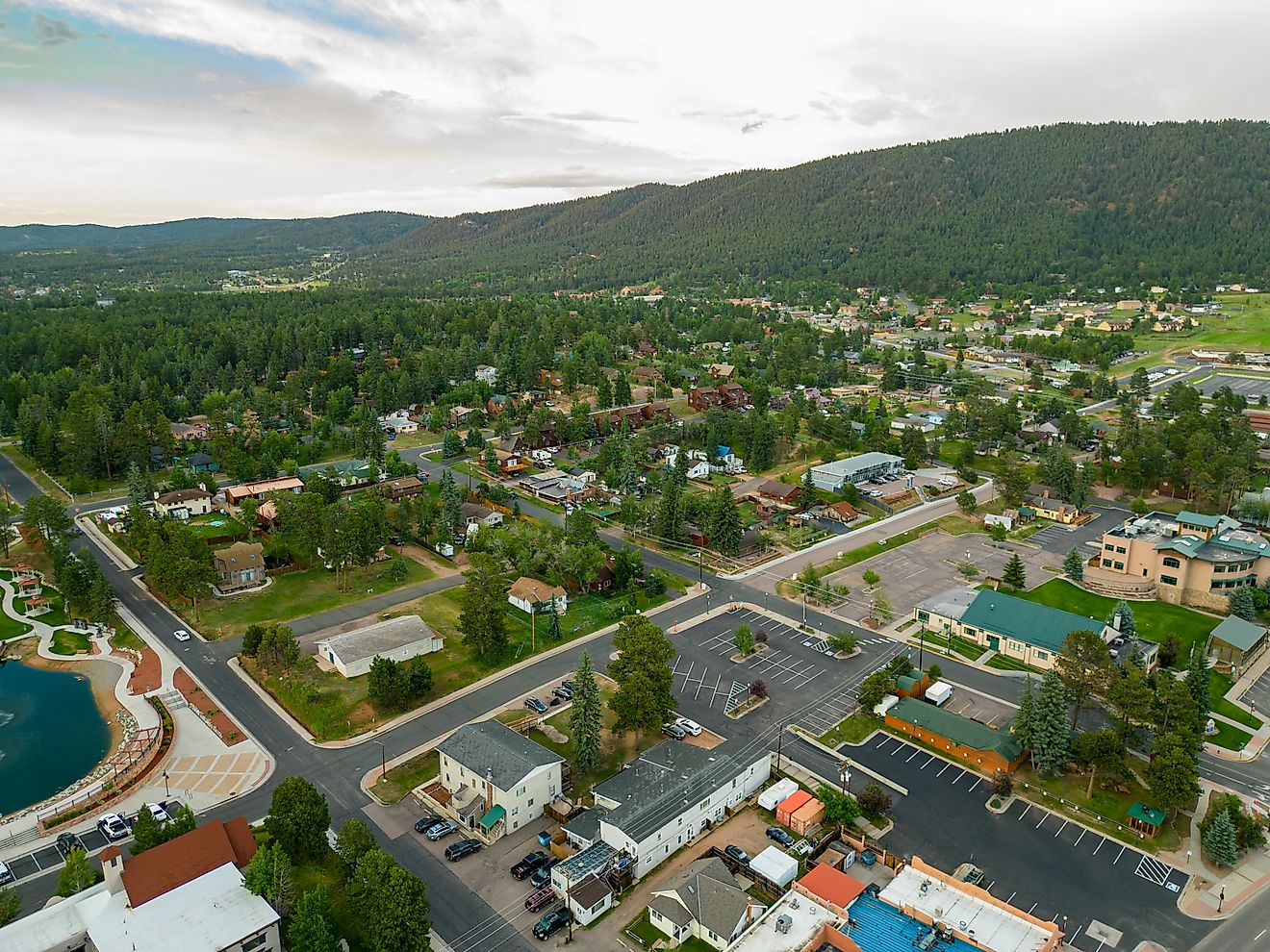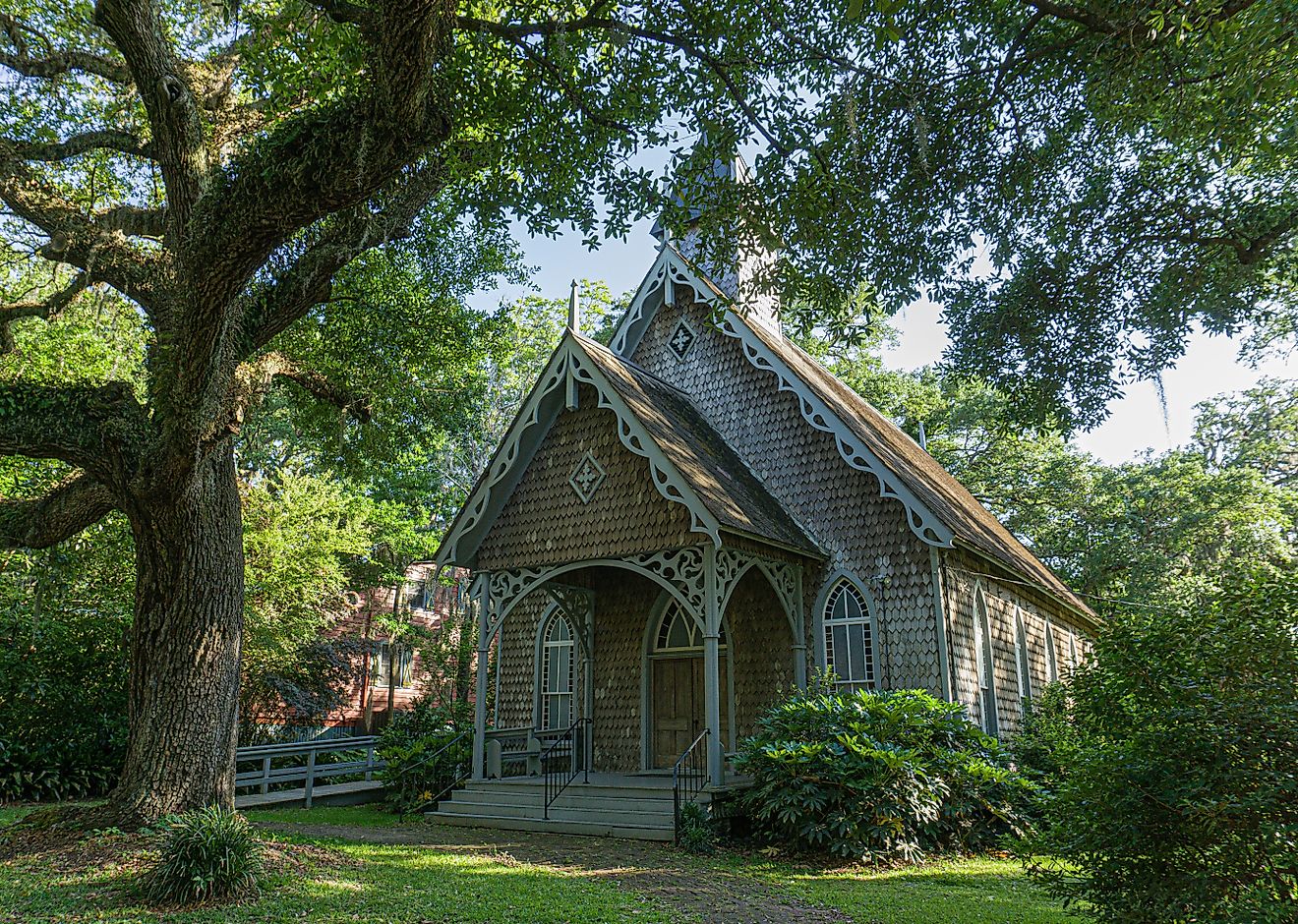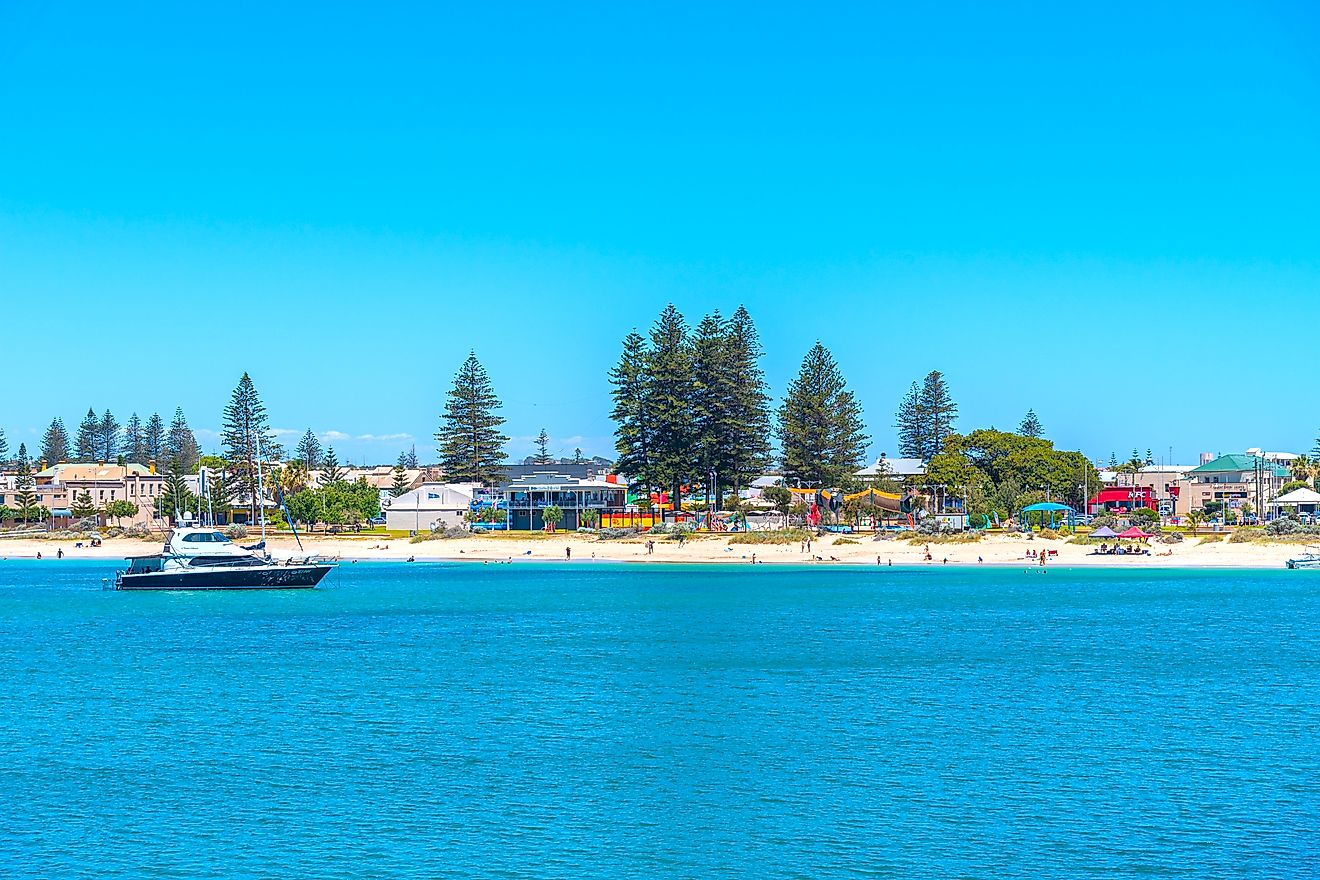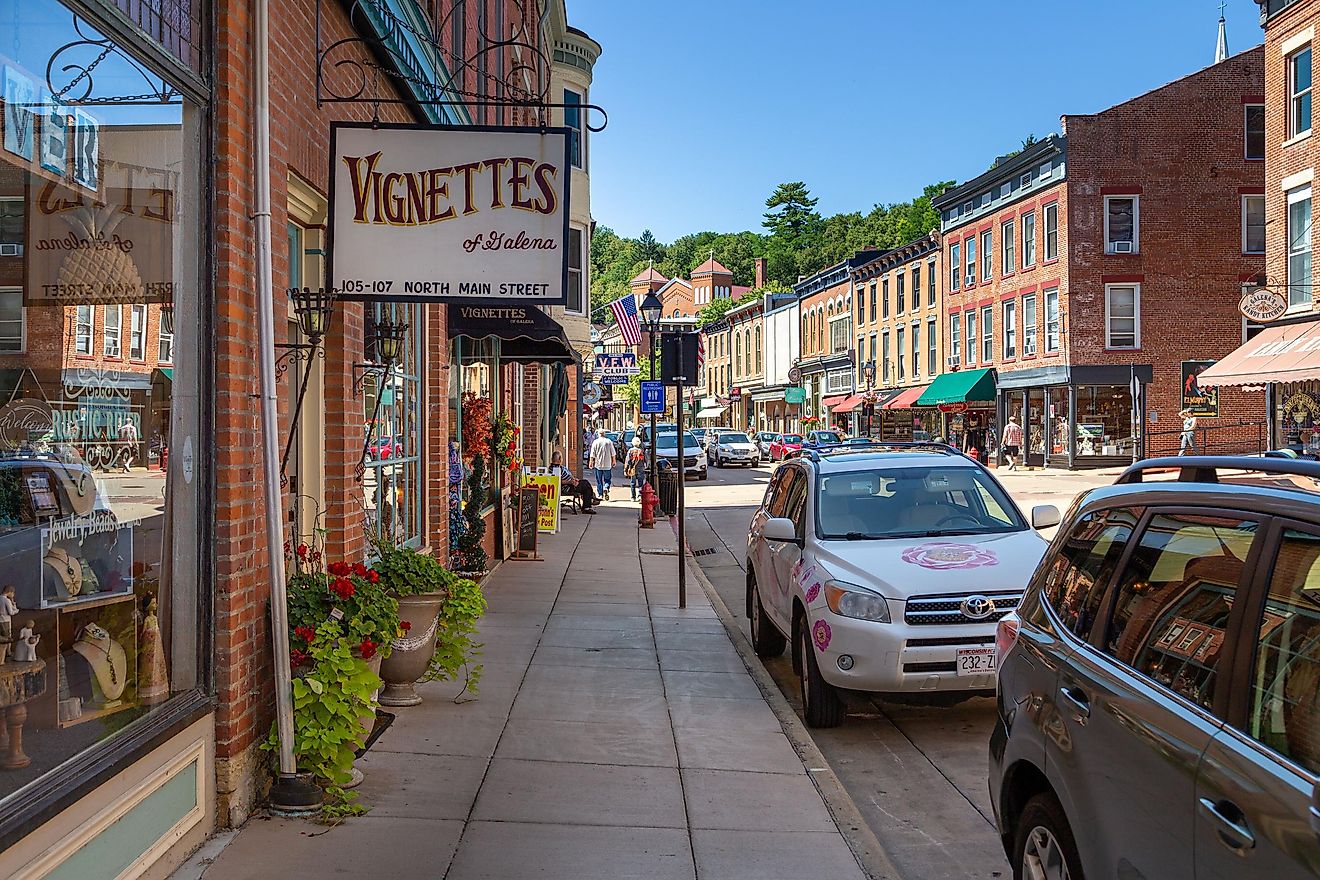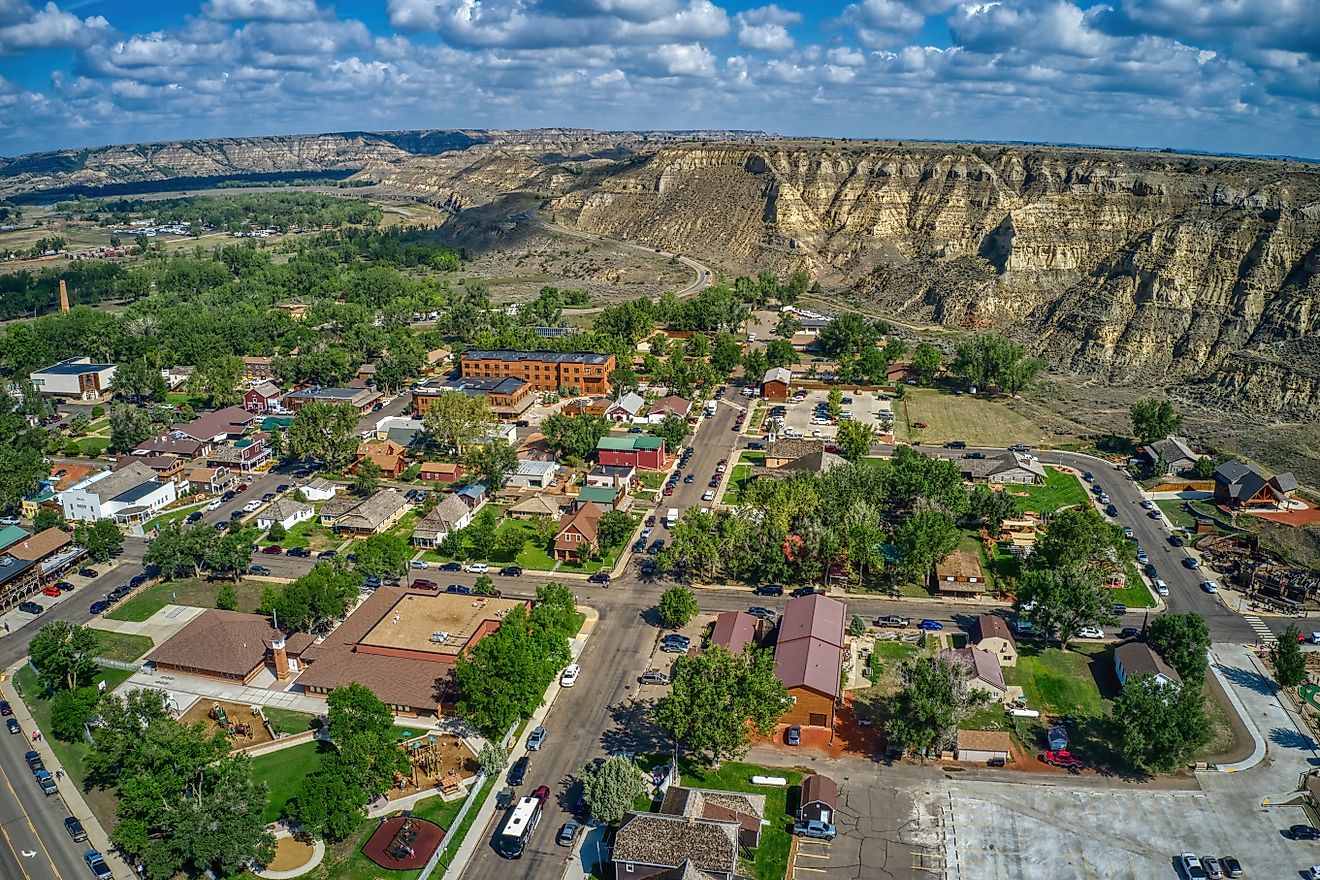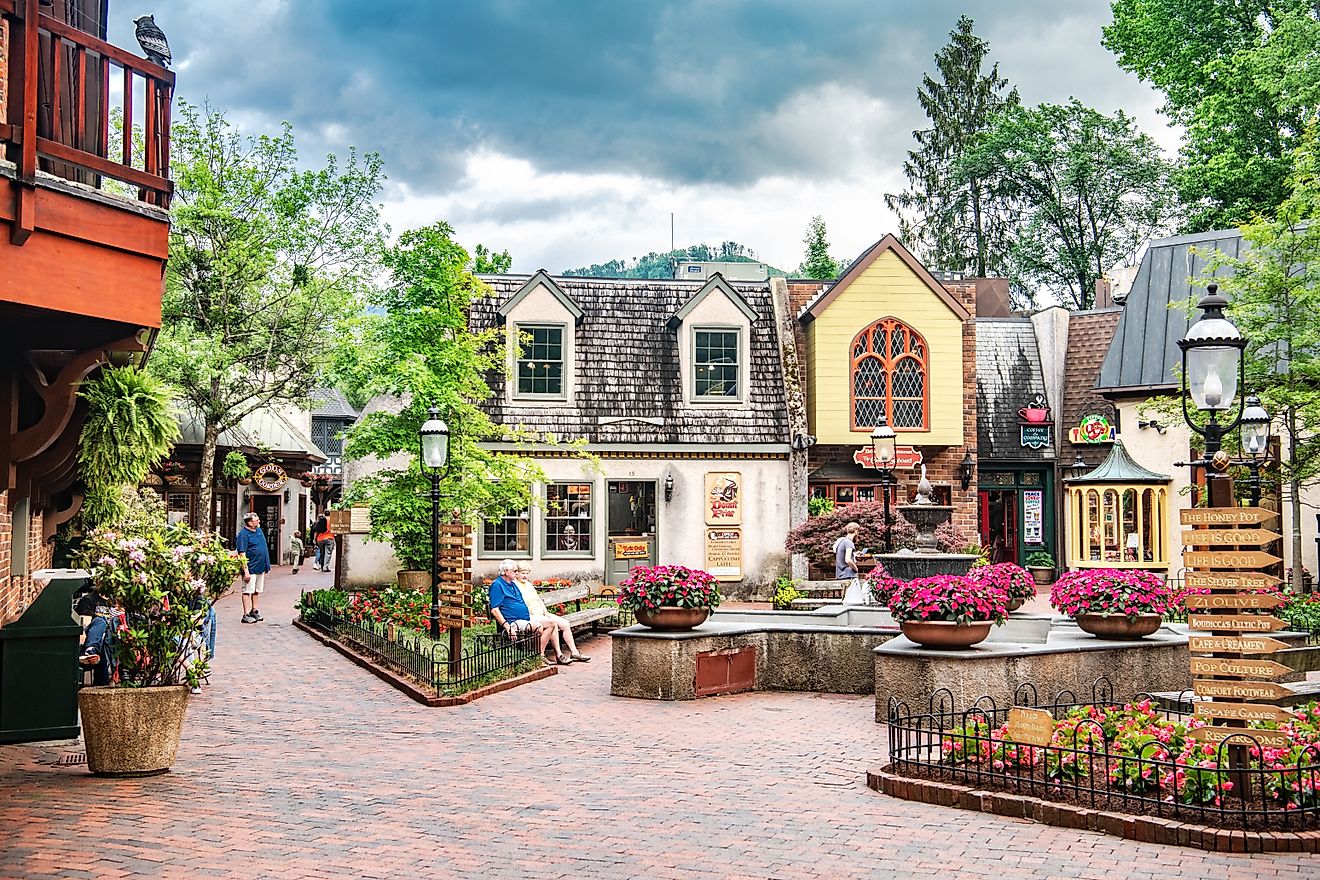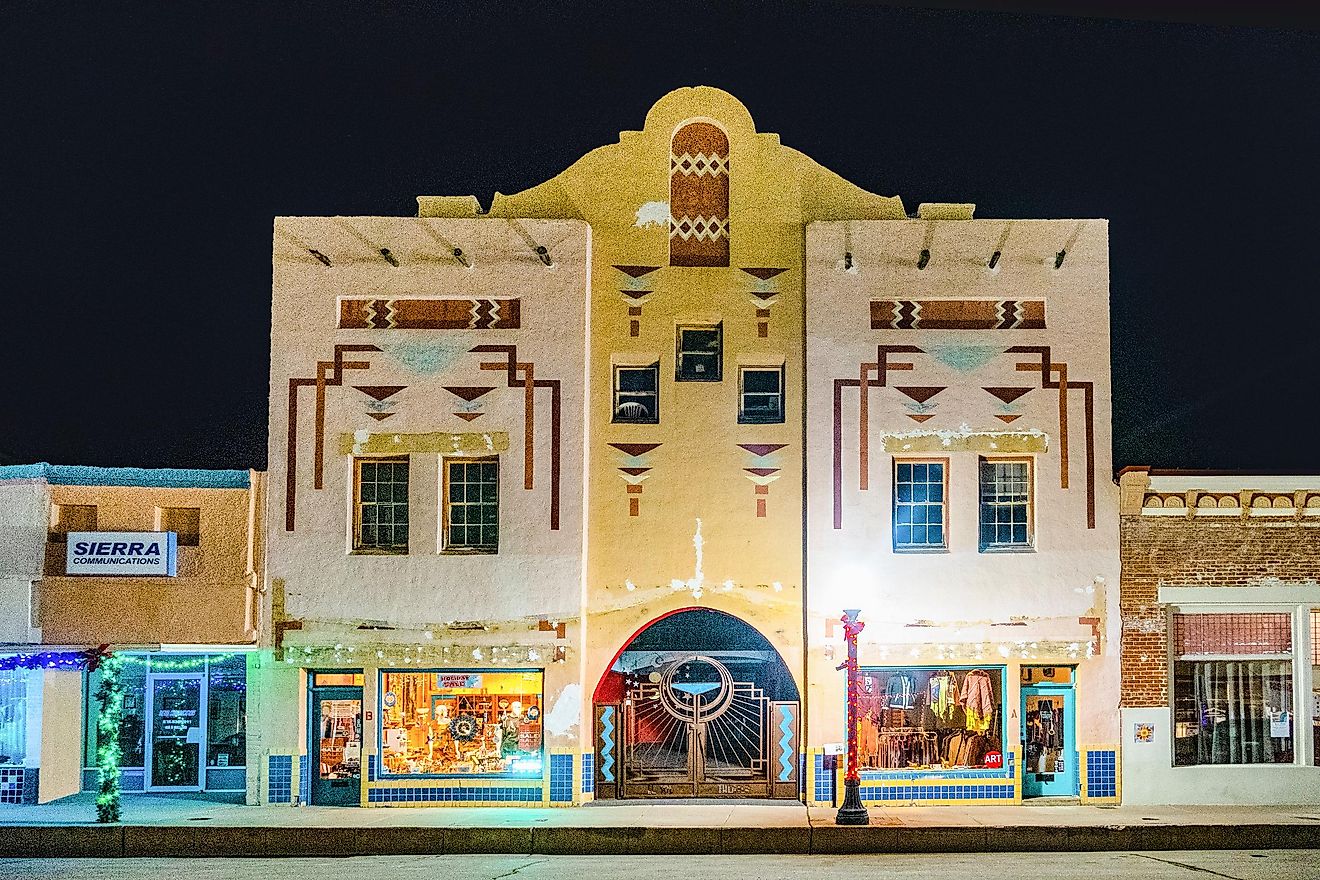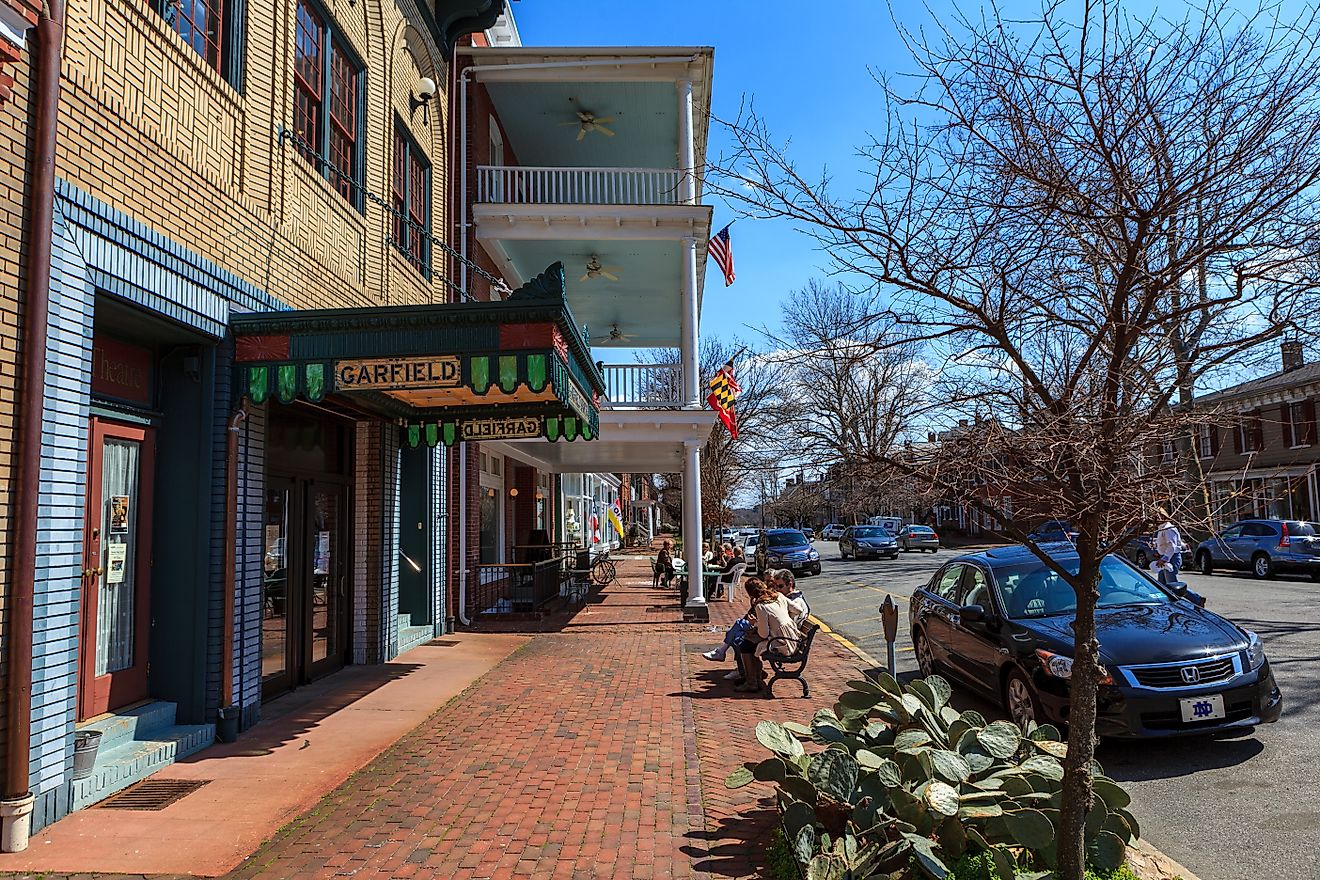
Iles De La Madeleine, Canada
The Îles de la Madeleine, also known as the Magdalen Islands, are a hidden gem off the eastern coast of Canada, situated in the Gulf of St. Lawrence. These picturesque islands, part of the Canadian province of Quebec, offer a rich blend of natural beauty, history, and culture. Often overlooked in favor of more well-known destinations in Canada, the Îles de la Madeleine offer a unique opportunity to explore a charming maritime environment that is as rich in history as it is in breathtaking landscapes.
Location

The archipelago of 12 islands known as the Îles de la Madeleine is located in the Gulf of St. Lawrence, approximately 125 miles (200 km) east of the Quebec mainland and about 25 miles (40 km) off the coast of Prince Edward Island. These islands form part of the administrative region of Gaspésie-Îles-de-la-Madeleine in Quebec. Despite being part of Quebec, the islands' proximity to the maritime provinces of Nova Scotia and Prince Edward Island has influenced their cultural and historical connections, creating a distinct blend of influences from both Quebec and the Atlantic Maritime region. The Îles de la Madeleine are only accessible by ferry or small regional aircraft, further adding to their distinctive culture compared to mainland Canada.
History
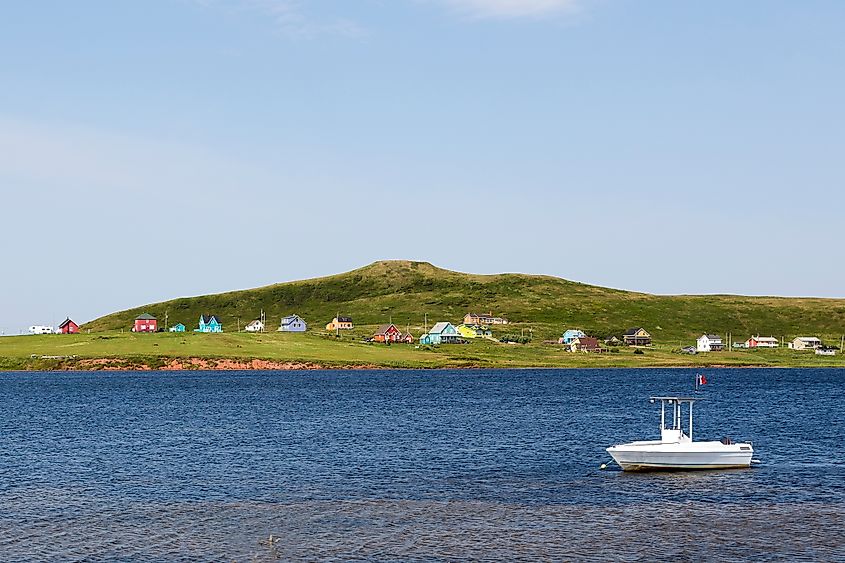
The Îles de la Madeleine have a rich history that dates back to the Indigenous peoples of the region, including the Mi'kmaq, who visited the islands primarily for summertime fishing and hunting. The first known European arrival occurred in 1534, when French explorer Jacques Cartier navigated the Gulf of St. Lawrence. However, it was not until the early 1700s that permanent European settlers, primarily French-speaking Acadians, began to inhabit the islands.
Over time, the islands grew economically, largely due to their booming fishing industry, especially cod fishing. However, the islands have also faced periods of economic decline, particularly with the collapse of the cod fishing industry in the late 20th century, which prompted a shift towards other forms of employment, including tourism and artisanal industries. The current population of the islands stands at around 12,000.
Geology and Climate
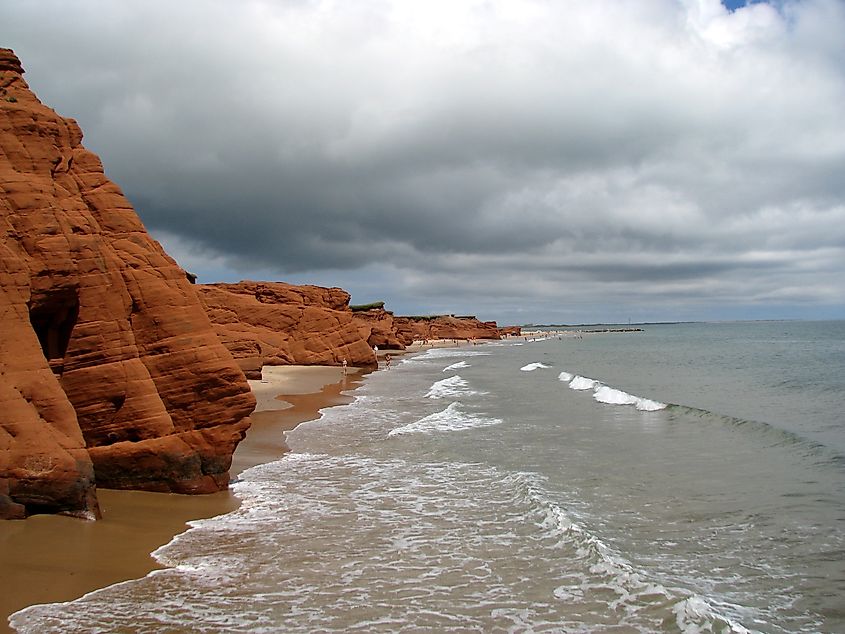
The Îles de la Madeleine were formed by the erosion of sedimentary rocks over millions of years. The region's landscape is characterized by striking sandstone cliffs, sand dunes, and rolling hills. One of the most distinctive features of the islands is the vibrant red, yellow, and white cliffs that rise dramatically from the sea. The islands also have many beaches and sheltered coves, making them ideal for visitors looking to experience both dramatic coastal landscapes and serene waters.
The climate of the Îles de la Madeleine is heavily influenced by the maritime setting, with comparatively mild winters and comfortable summers. Due to their location in the Gulf of St. Lawrence, the islands can experience unpredictable weather, particularly strong winds and fog. These weather conditions contribute to the islands' unique character, as visitors often find themselves facing ever-changing conditions that add to the charm and unpredictability of the landscape.
Flora and Fauna
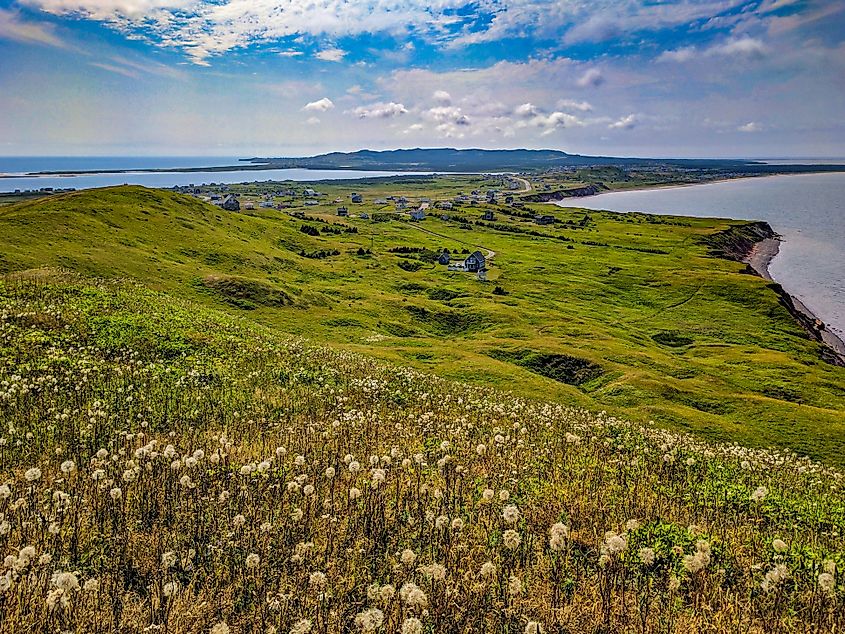
The Îles de la Madeleine are home to a variety of plant and animal species that thrive in the maritime environment. Due to the relatively mild climate for such a northern location, the islands support a diverse range of plant life, including coastal grasses, wildflowers, and dense shrubs. The rugged cliffs and sheltered coves create an ideal habitat for various seabirds. Birdwatching is a popular activity on the islands, as they are an essential stopover for migratory birds.
Marine life is also abundant around the islands. The surrounding waters are rich in fish species, such as cod, mackerel, and lobster, which play an important role in the local economy. The islands are also a prime location for whale watching, particularly for observing minke whales.
Economy
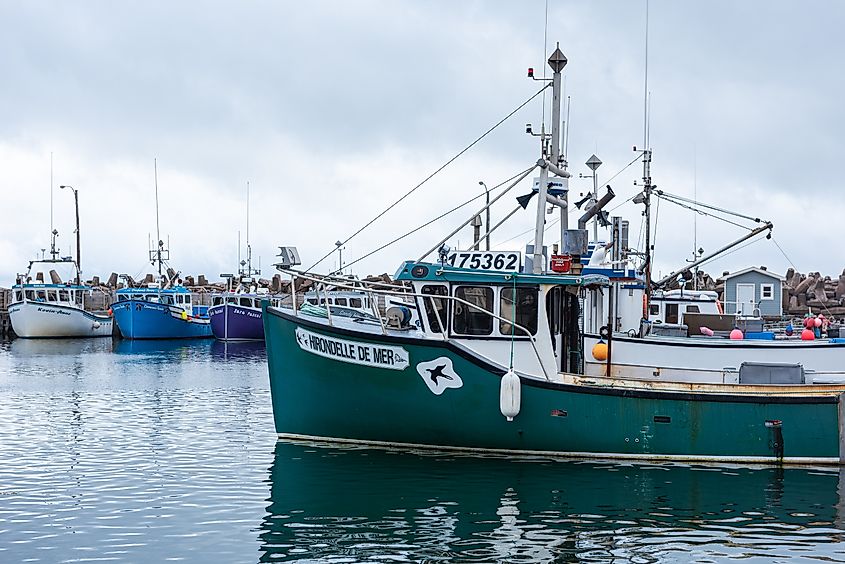
The economy of the Îles de la Madeleine has traditionally been based on fishing, with the cod and lobster industries being particularly important. In recent years, however, tourism has grown in importance as more people discover the islands' unique character. The fishing industry still plays a significant role in the local economy, with lobster being the primary catch. The production of artisanal products, such as handcrafted goods, woolen products, and local cheeses, has also provided a boost to the local economy.
Additionally, the Îles de la Madeleine have increasingly become a hub for sustainable tourism. The islands’ natural beauty, combined with their growing reputation as a peaceful retreat, has attracted eco-tourists and those seeking to experience rural life. Local businesses in hospitality, accommodation, and gastronomy have flourished in response to the increased interest in the region.
Tourist Attractions
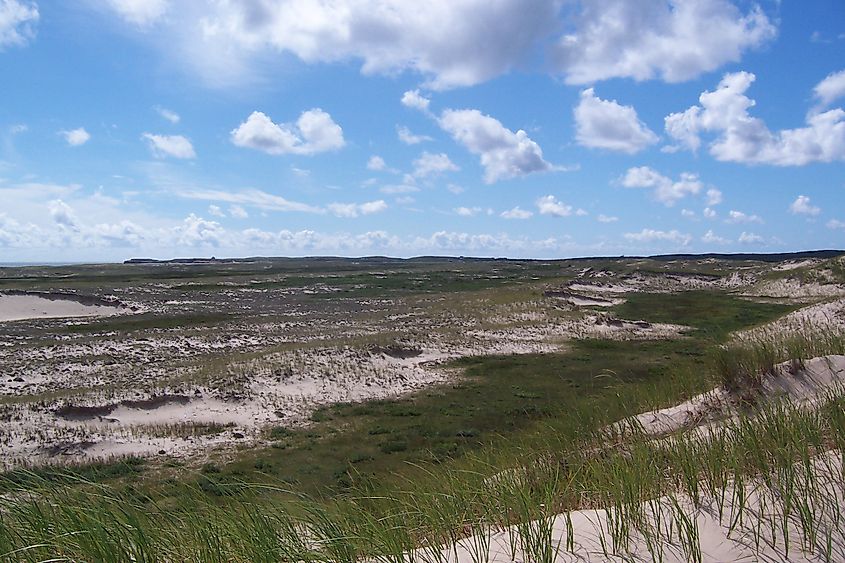
The Îles de la Madeleine offer a variety of attractions for tourists, from outdoor activities to cultural experiences. One of the most popular activities is exploring the natural beauty of the islands, particularly the stunning coastal cliffs and sandy beaches. Visitors can hike along the seaside cliffs on the island of Île du Havre aux Maisons, where they can take in sweeping views of the Gulf of St. Lawrence. The Dune du Sud, a massive sand dune on the island, is another must-see location for those who enjoy coastal landscapes.
For those interested in wildlife, the Pointe-de-l'Est National Wildlife Area on La Grosse Île offers visitors the chance to experience the natural environment up close, with guided tours available for birdwatching and hiking. The islands are also known for their vibrant arts scene, and visitors can explore local galleries and workshops showcasing the work of regional artists. The Église Saint-Pierre-de-La Vernière, built in 1876 reputed to be the second largest wooden church in North America, is a cultural landmark that reflects the deep French Catholic heritage of the islands.
Additionally, the Circuit des Saveurs Food Trail offers a gastronomic tour of the islands, where visitors can sample local delicacies such as fresh seafood, artisanal cheeses, and baked goods. Local markets and festivals, such as the summertime Festival Acadien, further highlight the cultural richness of the Îles de la Madeleine.
The Îles de la Madeleine are a unique and captivating destination for travelers seeking a combination of natural beauty, cultural heritage, and maritime charm. With its rich history, distinct geography, and abundance of wildlife, the archipelago offers an authentic Canadian experience that is unlike any other. Whether you are a history enthusiast, a nature lover, or someone looking to escape the hustle and bustle of everyday life, the Îles de la Madeleine will not disappoint.
